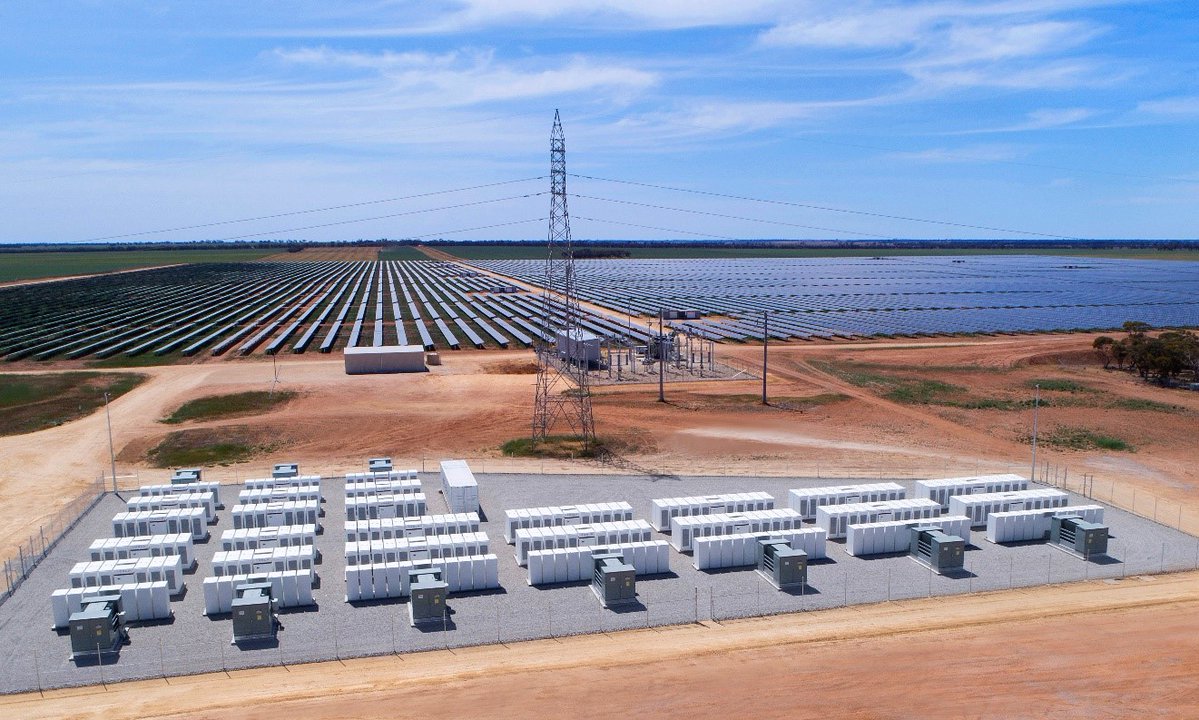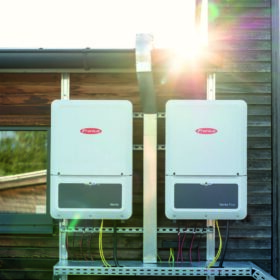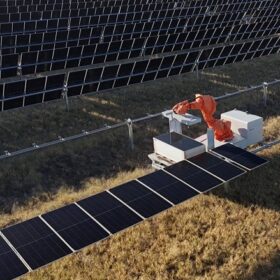Powercor has developed a plan how to reduce electricity prices by 5.4% in 2021 under a $2 billion investment package for Victoria, which is also aimed at improving grid resilience through pole and line replacements, wind and solar farm connections,‘flexible grid’ technology and installation of solar+storage projects.
The draft proposal for the 2021-2025 regulatory period offers to reduce annual network charges by $24 to $412 for residential customers and by $90 to $1,582 for business customers in 2021. These prices are proposed to remain flat in real terms over the four years.
A total of $2 billion in capital expenditure, including customer connections expenditure of $400 million, would represent a 2% increase from the previous regulatory period, Powercor says. Such an investment would sustain the safety and reliability of the network while supporting an additional 110,000 customer connections, augmentation needed to enable solar PV and increased inspection and maintenance programs.
Powercor Chief Executive Officer Tim Rourke said the five-year proposal balanced the need to keep prices affordable with the network investment essential for accommodating customers’ energy choices.
“Under this proposal it will cost less for our customers to get a better and safer service and to do what they want with electricity,” Rourke said. “In particular, we want to help customers installing solar PV to get the most out of both their investment and the Victorian Government’s subsidy.”
Five major projects proposed for the 2021-2025 regulatory period include:
- Replacement work of $644 million and in particular, $332 million on pole and line replacements for community safety and infrastructure reliability;
- $121 million connecting wind farms in Victoria’s southern region and solar farms in the north – such as the Gannawarra Solar Farm, which is connected to Powercor’s 66kV distribution line between Swan Hill and Kerang;
- $90 million on network improvements to accommodate more solar and battery storage installations;
- $35 million in ‘flexible grid’ technology to improve monitoring and controlling the network in real time; and
- Augmentation works of $258 million including new zone substations in Torquay and Tarneit and upgrades to powerlines in the western growth areas expected to generate a 13% increase in customer numbers over the five years
Rourke said these investments were necessary to ensure network capacity did not curtail customers using solar PV.
“We are planning a dedicated program to enable greater solar PV connections and more renewable energy exports by installing smarter technology and assets to manage voltage flows on the network,” he added.
According to Powercor, consultation with more than 5,000 stakeholders during the past two years had defined demand for a smart and flexible network, with solar PV installations expected to more than double by 2025.
In 2018, the company saw a 13% increase in rooftop solar uptake in its network, as the number of homes and businesses with solar PV increased from 110,522 to 124,759 year-on-year.
Powercor distributes electricity to around 810,000 customers – or more than 1.75 million Victorians – across the western suburbs of Melbourne and through central and western Victoria to the South Australian and New South Wales borders. Annual productivity benchmarking by the Australian Energy Regulator (AER) has assessed the company to be the lowest cost rural network in Australia and one of the most efficient in the country.
In addition to this proposal, Powercor is conducting a study together with CitiPower, which is financed from a $9.6 million pot recently allocated by the Australian Renewable Energy Agency (ARENA) for five projects and seven studies into the role of distributed generation assets on the grid – and how to expand their penetration.
Consultation on the proposal is open until April 30 and customers who want to submit feedback on Powercor’s possible investment, can do so here.
This content is protected by copyright and may not be reused. If you want to cooperate with us and would like to reuse some of our content, please contact: editors@pv-magazine.com.









1 comment
By submitting this form you agree to pv magazine using your data for the purposes of publishing your comment.
Your personal data will only be disclosed or otherwise transmitted to third parties for the purposes of spam filtering or if this is necessary for technical maintenance of the website. Any other transfer to third parties will not take place unless this is justified on the basis of applicable data protection regulations or if pv magazine is legally obliged to do so.
You may revoke this consent at any time with effect for the future, in which case your personal data will be deleted immediately. Otherwise, your data will be deleted if pv magazine has processed your request or the purpose of data storage is fulfilled.
Further information on data privacy can be found in our Data Protection Policy.